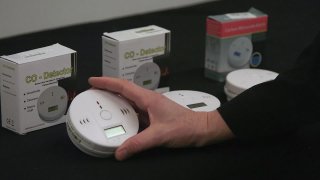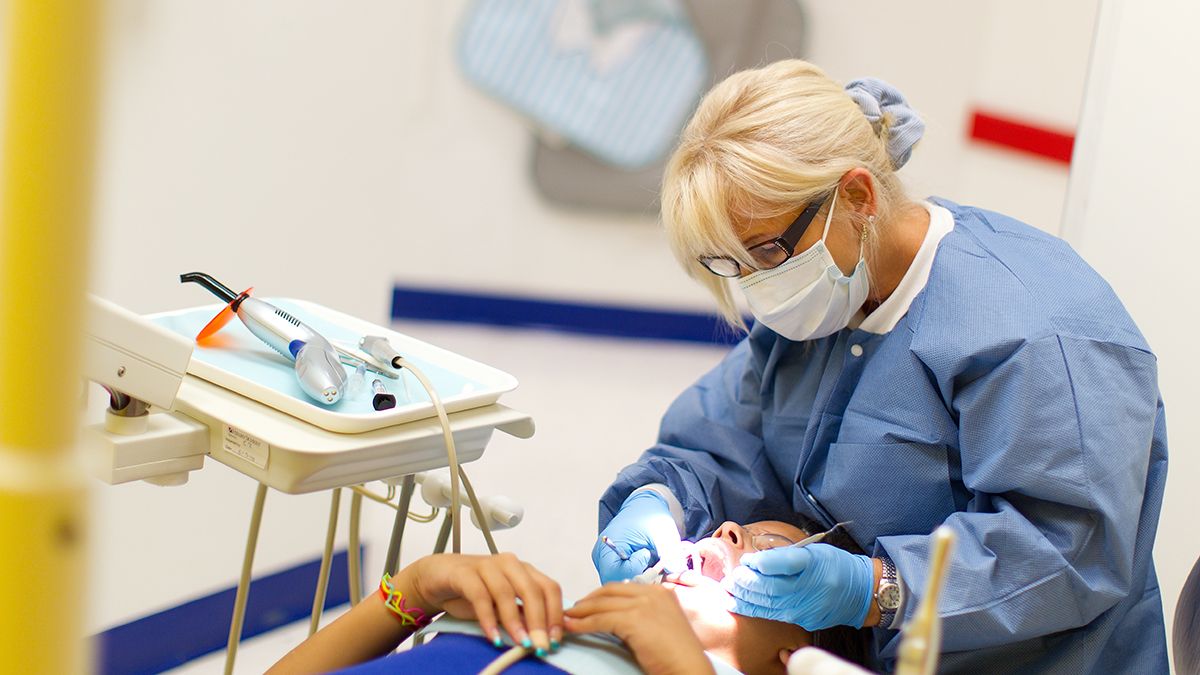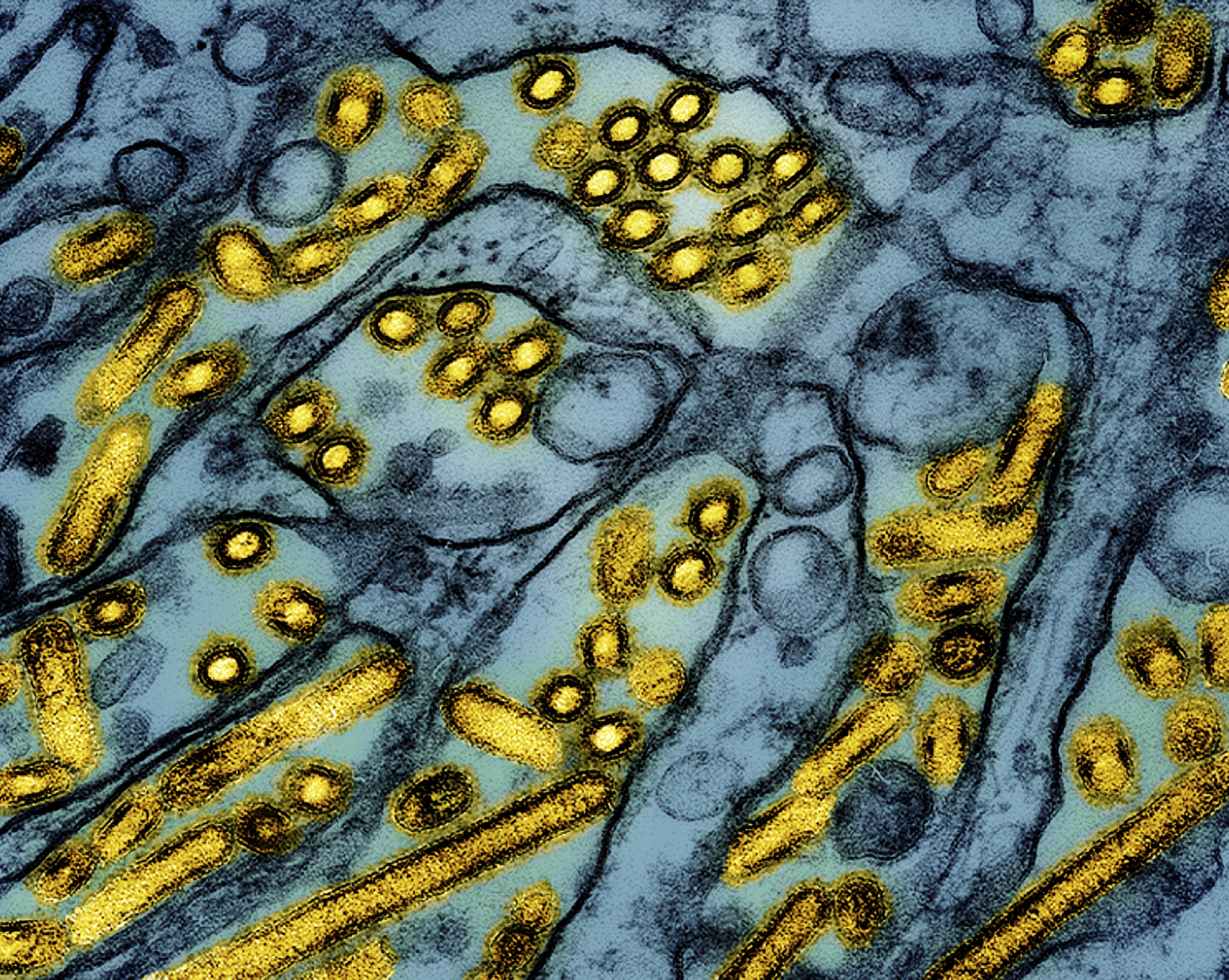
This week is Carbon Monoxide Awareness Week, and Kidde, a manufacturer of fire and carbon monoxide safety products, is educating the public about the dangers of carbon monoxide poisoning and how to prevent it at home.
According to Kidde, carbon monoxide is a colorless, odorless, tasteless gas that can be lethal to humans and pets. In the U.S., the gas kills at least 430 people and sends about 50,000 people to the hospital each year.
The risk of unintentional carbon monoxide poisoning increases when temperatures get colder and home heating systems run for longer than usual, Kidde said.
Kidde said unintentional carbon monoxide poisoning incidents can also occur due to late summer season grilling incidents or the misuse of generators in areas impacted by late-season hurricanes.
“CO is often called ‘the silent killer’ because it’s extremely difficult to detect without an alarm,” Sharon Cooksey, marketing and communications manager at Kidde, said. “That’s why Kidde is committed to educating consumers about CO this week, and always, particularly as people remain at home as a result of COVID-19. According to Harvard T.H. Chan School of Public Health, Americans were spending 90% of their time indoors, and 65% at home, even before the pandemic. It’s important to understand how to prevent CO incidents, how to detect CO in your home, and how to recognize symptoms of CO poisoning in your family and pets.”
According to Kidde, pets are also susceptible to carbon monoxide poisoning.
According to a survey commissioned by Kidde and conducted online by The Harris Poll, among more than 1,300 U.S. pet owners and 500 Canadian pet owners, 53% of U.S. pet owners are not confident that they could identify the symptoms of carbon monoxide poisoning in their pets.
Health Connection
Get connected to a healthier life.
The survey also revealed that 36% of pet owners do not have or do not know if they have a carbon monoxide alarm in their home, and 79% of U.S. pet owners do not know that carbon monoxide alarms should be replaced every seven to 10 years, depending on the model, Kidde said.
Kidde shared the several pieces of advice to help protect people and pets from carbon monoxide poisoning.
According to Kidde, the most common symptoms of carbon monoxide poisoning in people include things like headaches, dizziness, weakness, nausea, vomiting, chest pain, and confusion. In humans, these symptoms often mirror those of the common flu. In pets, initial symptoms include nausea, vomiting, dizziness, or labored breathing, among others.
To prevent carbon monoxide poisoning, homeowners should regularly inspect appliances like stoves, furnaces and washer-dryers. Carbon monoxide sources include natural gas, kerosene, propane, coal and gasoline.
Homeowners should also keep chimneys clear of animal nests, leaves, and residue to ensure proper venting, and all fireplaces should be cleaned and inspected annually, Kidde said.
According to Kidde, individuals should never leave car motors running in a vehicle parked in an enclosed or partially enclosed space, such as a garage, even if it is cold outside.
Grills and generators should only be used outside of the home, including attached garages. Grills should be placed at least 10 feet away from the home, and generators should be placed at least 20 feet away to help keep carbon monoxide from entering living spaces.
Kidde said to install carbon monoxide alarms throughout the home. Carbon monoxide can travel anywhere in the home, so one alarm is often not enough.
Kidde advised people to install alarms throughout the entire home with at least one on every level.
According to Kidde, individuals should evacuate their homes immediately and call 911 if they suspect carbon monoxide in the home or a carbon monoxide alarm sounds.
Carbon monoxide alarms should be replaced every seven to 10 years, depending on the model, Kidde said. Individuals can check the manufacturer user guide to determine when to replace the alarm.




